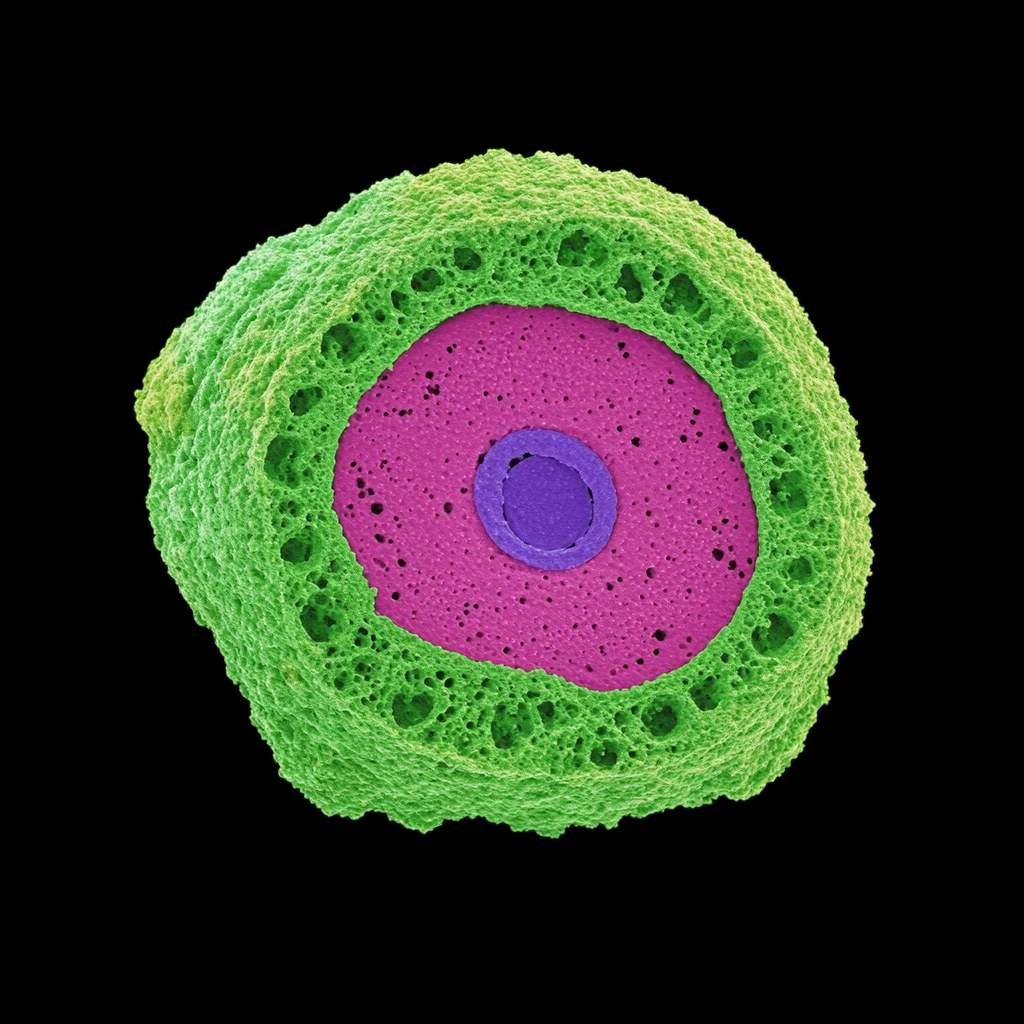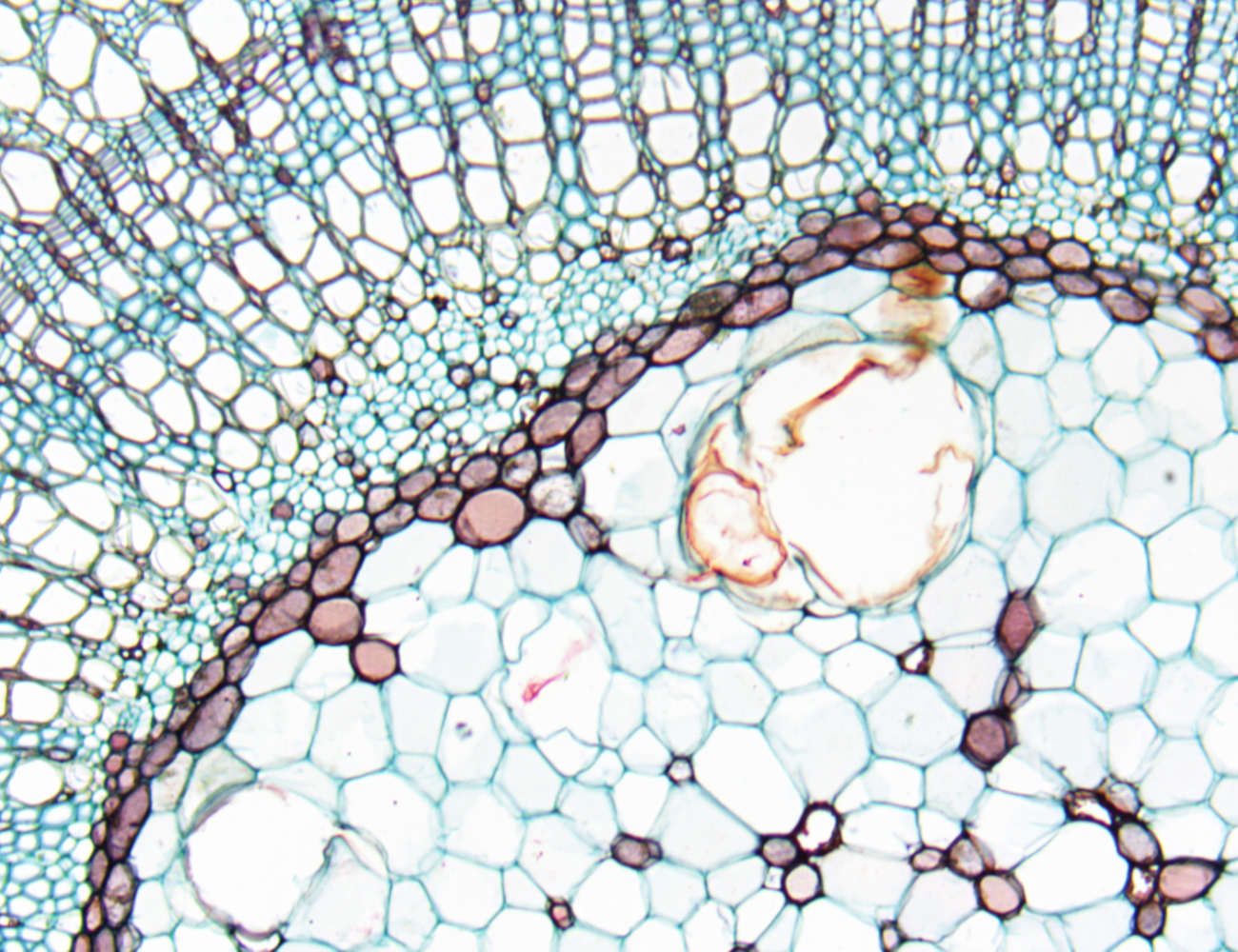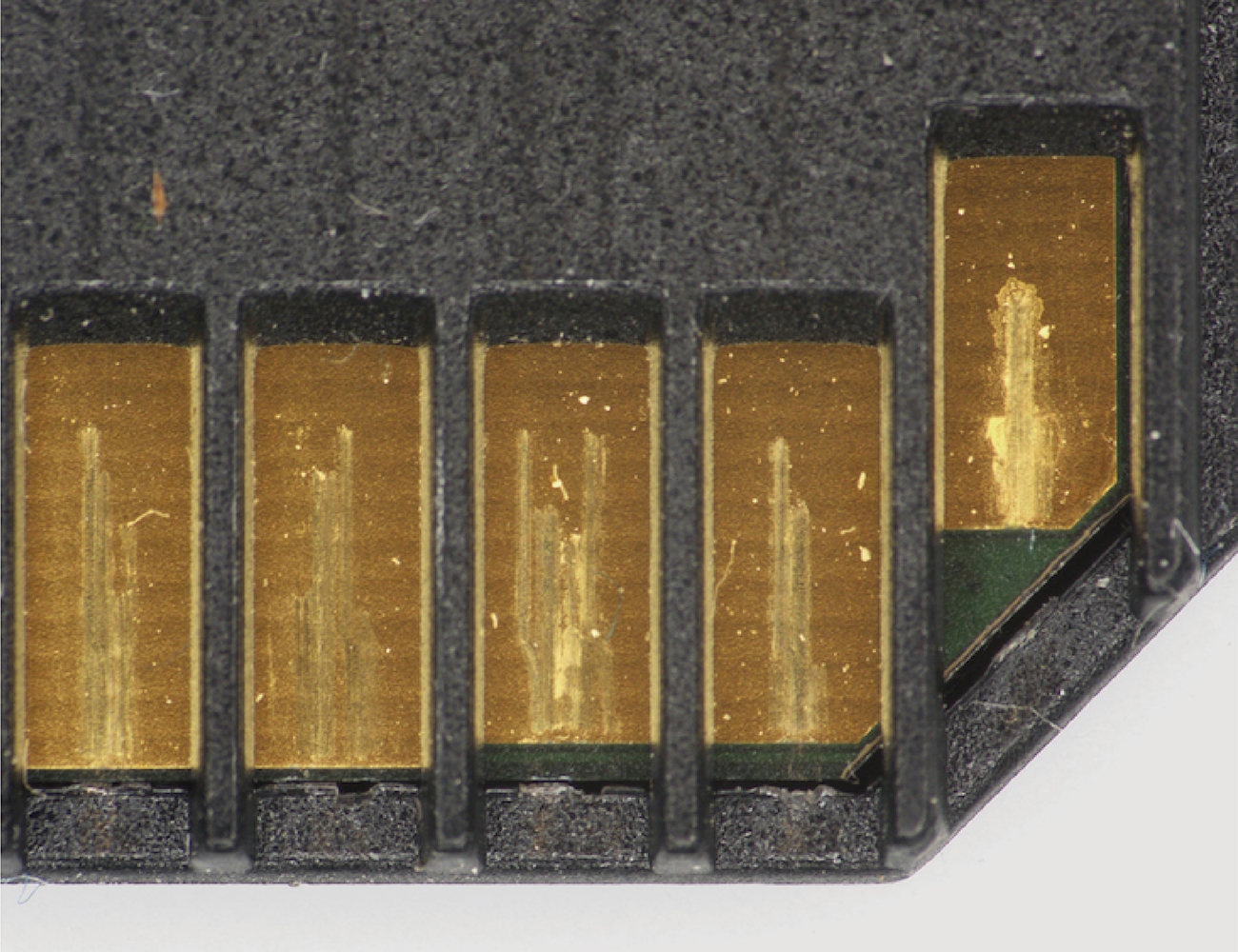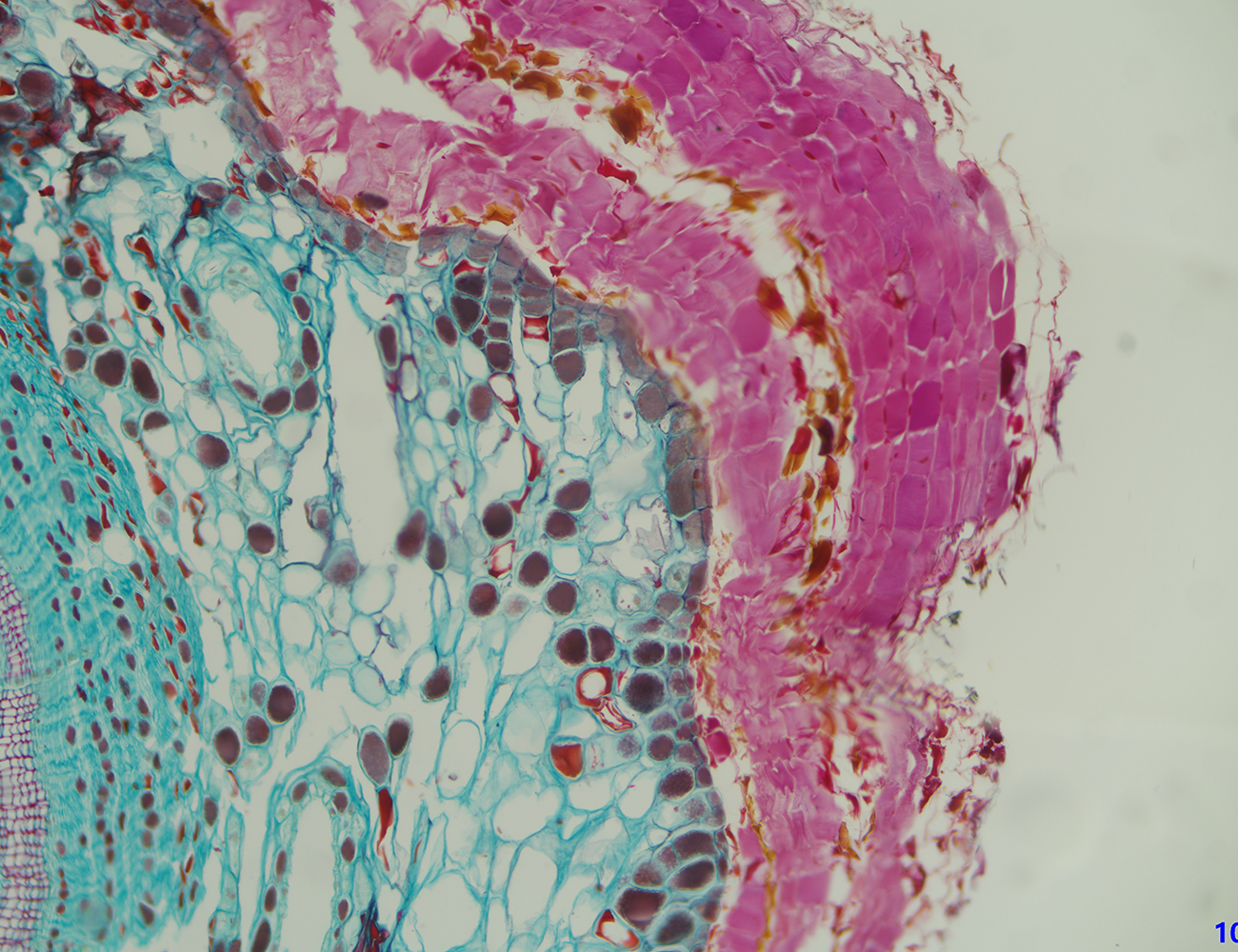E3ISPM-U3-CL Series
Product Introduction
Touptek's E3ISPM-U3-CL series industrial cameras feature an innovative dual interface design with USB3.0 and CameraLink parallel output, enabling simultaneous connection to different devices with identical data streams, perfectly addressing network isolation and redundant deployment requirements. The USB interface handles unified control while the CameraLink interface focuses on high-speed data transmission, with both operating independently without interference.
Equipped with the Sony IMX183CQK back-illuminated CMOS sensor, providing 20-megapixel high-resolution imaging with 72 dB high dynamic range. The camera features built-in hardware ISP processing, completing Demosaic, AE/AGC, gamma correction, LUT and other image processing operations within the camera, significantly reducing host computational load. Configured with 512 MB DDR3 high-speed buffer to ensure data transmission stability.
Typical applications: Semiconductor inspection, PCB inspection, LCD panel inspection, scientific imaging, microscopy imaging, industrial automation, machine vision system integration, network-isolated systems, redundant backup systems.
Product Features
- USB3.0 + CameraLink dual interface parallel output, simultaneously outputting identical data to different devices
- USB interface for unified control, CameraLink interface dedicated to streaming, facilitating network-isolated deployments
- Sony IMX183CQK back-illuminated CMOS sensor with 20-megapixel high resolution
- Hardware ISP integration: Demosaic, AE/AGC, gamma, LUT and other processing completed within the camera
- 512 MB DDR3 high-speed buffer with glow-free design
- 72 dB high dynamic range, 41.8 dB signal-to-noise ratio
- Support for ROI windowing and multi-resolution high-speed acquisition
- Industrial-grade optically isolated I/O interfaces with strong anti-interference capability
- Support for hardware binning (2×2, 3×3) and software binning (2×2, 3×3, 4×4)
- Low power consumption design (7 W), suitable for 7×24 hour continuous operation
- C-mount standard lens interface
- Bundled ToupView software and complete SDK development package
- CE/FCC certified with industrial-grade reliability
Product Models
E3ISPM-U3-CL Series|USB3.0 + CameraLink Dual Interface|Simultaneous Output|Hardware ISP|20 MP
| Model | Sensor / Size | Resolution | Pixel Size | Shutter | Frame Rate | Interface | Color | Action |
|---|---|---|---|---|---|---|---|---|
| E3ISPM20000KPA-U3-CL |
IMX183CQK (C, RS)
1" (15.77 mm) | 13.06 mm × 8.84 mm
|
20.0MP (5440×3684) | 2.4 µm × 2.4 µm | Rolling Shutter |
18.6 fps@5440×3684
49.8 fps@2736×1824
60.7 fps@1824×1216
|
USB3.0(USB3.1 GEN1)/CameraLink |
|
View Details |
Frequently Asked Questions
Explore the technology behind the E3ISPM-U3-CL dual-interface microscopy cameras.
- Physical network isolation: The USB interface connects to the internal control system, while the CameraLink interface feeds an external processing server, ensuring true isolation.
- Redundant backup: Two synchronized outputs deliver identical data—one for real-time analysis, the other for archiving—boosting system reliability.
- Multi-system collaboration: Simultaneously integrate machine vision, deep-learning, or other platforms to maximize equipment utilization.
- Control/data separation: USB manages camera parameters; CameraLink focuses on data transfer, preventing control signals from affecting throughput.
- Flexible deployment: Supports 1+1, 1+0, and 0+1 modes to adapt to diverse scenarios.
Demosaicing: Hardware Bayer-to-RGB conversion is more than 10× faster than host-side processing.
Automatic exposure/gain: AE/AGC are executed inside the camera with sub-millisecond response.
Gamma correction: Real-time hardware gamma curves output linear or nonlinear imagery.
Lookup tables (LUTs): Custom LUTs enable special color mapping and pseudocolor visuals.
Lower CPU load: Pre-processing occurs in-camera, reducing host CPU usage by over 60%.
Low latency: Hardware processing adds less than one frame of delay, perfect for real-time control.
Physical isolation architecture: The USB3.0 interface connects to the internal control workstation for parameter management and triggering; the CameraLink interface connects to an external processing server that only receives image data.
One-way data flow: Image data travels from the camera to the external system via CameraLink; the external network cannot issue control commands back to the camera.
Independent power: The camera uses a dedicated 12 V supply rather than USB or CameraLink power, avoiding coupling risks.
Optically isolated I/O: Trigger and sync signals use opto-isolation to suppress ground loops and EMI.
Regulatory compliance: Meets China MLPS 2.0 (Multi-Level Protection Scheme) physical isolation requirements for government, defense, finance, and other high-security deployments.
Versus USB3.0-only cameras: Adds a CameraLink channel for longer cable runs (up to 10 m) and stronger anti-interference capability.
Versus CameraLink-only cameras: Adds a universal USB3.0 interface that requires no frame grabber, cutting deployment cost by more than 50%.
Flexibility: Use either interface independently or run both at once to suit evolving workflows.
Compatibility: USB supports Windows, Linux, and macOS; CameraLink works with all standard frame grabbers.
Cost effectiveness: One camera covers use cases that previously required two devices.
Easy maintenance: Unified firmware and SDK simplify updates and servicing.
USB + CameraLink: Ideal for segregated networks, redundant backups, and multi-system workflows.
USB-only: Fits lab R&D, portable inspection tools, and temporary deployments.
CameraLink-only: Best for high-speed production lines, long-distance transmission, or EMI-heavy environments.
Mode switching: Configure via SDK without hardware changes; hot switching is supported.
Performance: Running both interfaces simultaneously does not compromise single-interface performance.
In-Depth Technical Overview
USB3.0 + CameraLink Parallel Output
The E3ISPM-U3-CL series pioneers dual-interface parallel output: USB3.0 manages camera control and configuration while CameraLink delivers high-speed data. Both interfaces can stream identical image data to separate devices, enabling “one camera, multiple outputs.” The design solves challenges such as network isolation, redundant backups, and multi-system collaboration. USB connectivity eliminates the need for a dedicated frame grabber, whereas CameraLink provides industrial-grade transport with cable lengths up to 10 m.
Hardware ISP Image Processing
A high-performance hardware ISP handles demosaicing, auto exposure/gain, gamma correction, and custom LUT processing entirely inside the camera. Compared with software workflows, the hardware pipeline is more than ten times faster and keeps latency below 1 ms. By offloading image preprocessing, host CPU load drops by more than 60%, leaving ample resources for analytics and decision logic—especially important in multi-camera installations.
Sony IMX183 Back-Illuminated CMOS Sensor
The Sony IMX183CQK 1-inch back-illuminated CMOS sensor delivers 20 MP (5440×3684) resolution with 2.4 µm × 2.4 µm pixels. The back-illuminated structure boosts quantum efficiency and light conversion. The sensor offers 72 dB dynamic range, a 41.8 dB signal-to-noise ratio, read noise of 3.24 e⁻, and a full-well capacity of 15.0 ke⁻. A halo-free design prevents blooming under intense illumination, ensuring dependable results in challenging lighting.
512 MB DDR3 High-Speed Buffer
An on-board 512 MB DDR3 buffer stores roughly 25 full-resolution frames to guarantee zero frame loss during burst acquisition. The buffer smooths data peaks and prevents host-side delays from dropping frames. When both interfaces are active, the buffer synchronizes distribution so each channel receives identical data—ideal for high-speed batch capture and time-series imaging.
Physical Network Isolation Workflow
The dual-interface architecture inherently supports segregated networks. The USB3.0 interface connects to the internal control system for configuration and triggering, while the CameraLink interface links to external analytics servers for unidirectional data reception. Image data flows outward only, preventing external systems from issuing commands back to the camera. This satisfies China MLPS 2.0 isolation requirements and is widely adopted in government, defense, finance, and other security-conscious sectors.
Industrial Reliability
The all-metal housing provides excellent heat dissipation and supports a wide operating range from -10 °C to 50 °C. Power consumption is just 7 W, making the camera suitable for 24/7 duty cycles. Opto-isolated GPIO interfaces mitigate ground offsets and EMI, while the dedicated 12 V supply avoids interface power limitations. CE and FCC certifications ensure electromagnetic compatibility, allowing dependable operation in harsh industrial environments.
Applications
Representative microscopy and machine-vision use cases for E3ISPM-U3-CL cameras.
E3ISPM-U3-CL Series Advantages
Dual-Interface Output
USB3.0 and CameraLink in parallel.
Hardware ISP
In-camera image processing.
512 MB Buffer
High-speed DDR3 memory.
20 MP Resolution
5440×3684 pixels.
Physical Isolation
Safe separation of networks.
72 dB Dynamic Range
High-contrast imaging.
7 W Power
Reliable 24/7 operation.
Industrial Design
-10 °C to 50 °C operating range.










